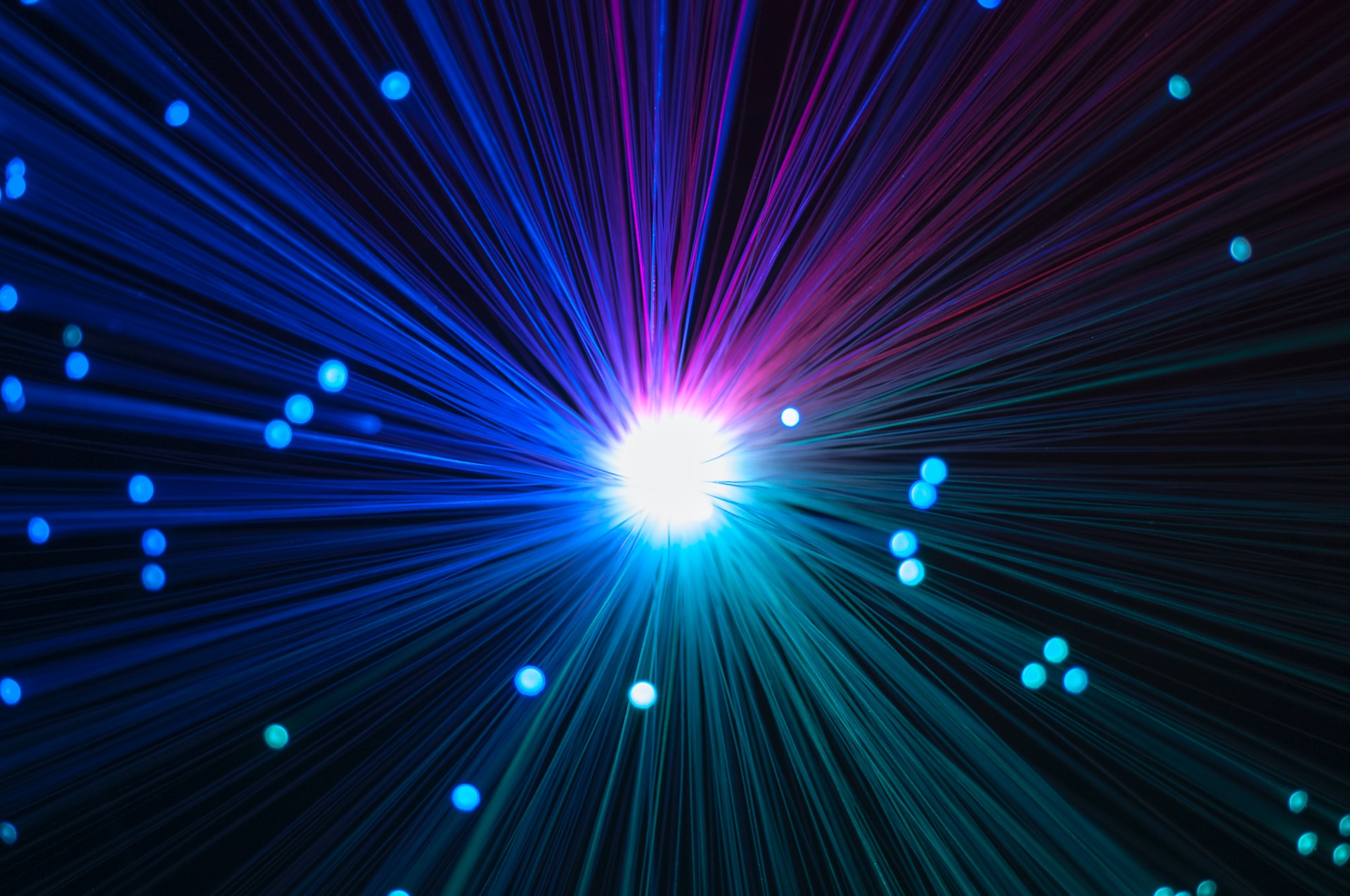Self-Assembly Systems for Die Attachment: Overview

Self-Assembly Systems for Die Attachment
The integration of components such as dies and chips onto a wafer or substrate is essential for achieving fast and reliable semiconductor packaging. This study aims to analyze different self-alignment techniques for die attachment. It examines recent research breakthroughs, multiple techniques, and parameters such as accuracy, throughput, and technical specifications for various self-alignment methods. By assessing the advantages, limitations, and future prospects of self-alignment techniques, this study provides insights into their role in advancing semiconductor packaging.
We understand that scope of study is worldwide
The client is seeking answers to the following questions:
- What are the different technologies available for die attachment self-alignment?
- What are the technical workings and specifications of the technologies available for die attachment self-alignment to achieve accuracy of 1-2 micron.
- What are the emerging trends and companies in the die attachment self-alignment domain?
Self-alignment for die attachment refers to the automatic alignment of a die with a substrate. It ensures that the die aligns itself with the bonding site without requiring external mechanical adjustments.
Key Technical Parameters Used in Self-Alignment:
- Accuracy and Precision
- Throughput
Applications:
- Semiconductor Packaging
- Optoelectronics and Photonics
- LED Displays
- Chip Stacking
- Consumer and Power Electronics
- MEMS and Sensor Packaging
Self-aligning Die Bonding Techniques
In semiconductor packaging processing, self-alignment technologies are used to align the die with respect to the substrate or another die automatically, without requiring any tools or user intervention.
Types of self-align techniques for die bonding:
There are several techniques to perform self-alignment. The techniques provided below perform self-alignment without utilizing any system/tools (i.e., sensors or other devices) or any human help.
Surface Tension / capillary self-alignment based self-alignment.
- This technique utilizes fluid to align the die with the substrate or other electronic components during the packaging process.
- The alignment is driven by the surface tension of the fluid, which minimizes the system’s free energy and automatically centers the die.
- Various fluids can be used for self-alignment, including molten solder, water, and ferrofluid.
Magnetic self-alignment
- This technique utilizes magnetic force for alignment. Like poles repel each other, while unlike poles attract.
- This can be achieved using magnets or electromagnets in the devices that need to be aligned.
- The use of an external magnetic field can enhance alignment by influencing the effective magnetic field strength.
Based on geometry / Shape matching Technique
- To achieve self-alignment, dies, substrates, or electronic devices are designed with interlocking shapes on their surfaces. These interlocking features help guide the components into their correct positions during assembly.
- Self-alignment can also be achieved using removable interlocking structures. In this approach, temporary interlocking features are attached to the surfaces to assist in alignment. Once the alignment is completed, these removable structures can be detached, leaving the components in their precise positions.
Electrostatic Self Alignment
- In this technique, electrostatic forces between the dies or substrates of an electronic device are utilized for alignment. Like charges repel each other, while unlike charges attract each other.
- By charging the surfaces, electrostatic forces are induced between them, ensuring precise positioning without the need for mechanical contact-based constraints.
Ultrasonic Alignment
- In this technique, two surfaces are aligned using ultrasonic vibrations.
- Ultrasonic vibrations can be generated using external devices.
- These vibrations help in alignment by reducing friction between the surfaces, forming pressure gradients, and facilitating movement.
Self-Assembly Monolayer Techniques
- This technique uses an attractive force acting between the first and second self-assembling monolayers.
Hybrid Techniques
- Uses a combination of two or more alignment techniques.
Despite their advantages, Self-aligning die bonding techniques face several challenges that hinder large-scale adoption.
- Accuracy / Misalignment: As technology evolves, device sizes are shrinking, making it challenging to achieve alignment at the sub-micron level.
- Throughput: Self-alignment techniques may struggle to meet the high-speed demands of mass production.
- Consistency: Due to various material properties and process conditions, inconsistencies may sometimes appear in the process.
- External Factors: External factors such as vibrations, airflow, and electrostatic discharge can disrupt the precision of self-alignment in semiconductor die bonding.
About Effectual Services
Effectual Services is an award-winning Intellectual Property (IP) management advisory & consulting firm offering IP intelligence to Fortune 500 companies, law firms, research institutes and universities, and venture capital firms/PE firms, globally. Through research & intelligence we help our clients in taking critical business decisions backed with credible data sources, which in turn helps them achieve their organisational goals, foster innovation and achieve milestones within timelines while optimising costs.
We are one of the largest IP & business intelligence providers, globally serving clients for over a decade now. Our multidisciplinary teams of subject matter experts have deep knowledge of best practices across industries, are adept with benchmarking quality standards and use a combination of human and machine intellect to deliver quality projects. Having a global footprint in over 5 countries helps us to bridge boundaries and work seamlessly across multiple time zones, thus living to the core of our philosophy - Innovation is global, so are we !!!
Solutions Driving Innovation & Intelligence
Enabling Fortune 500's, R&D Giants, Law firms, Universities, Research institutes & SME's Around The Globe Gather Intelligence That
Protects and Nurtures Innovation Through a Team of 250+ Techno Legal Professionals.


